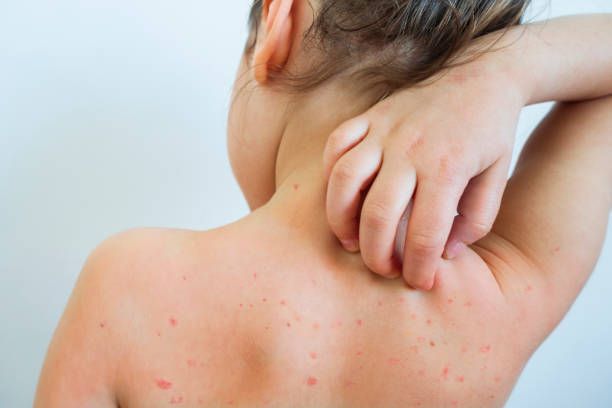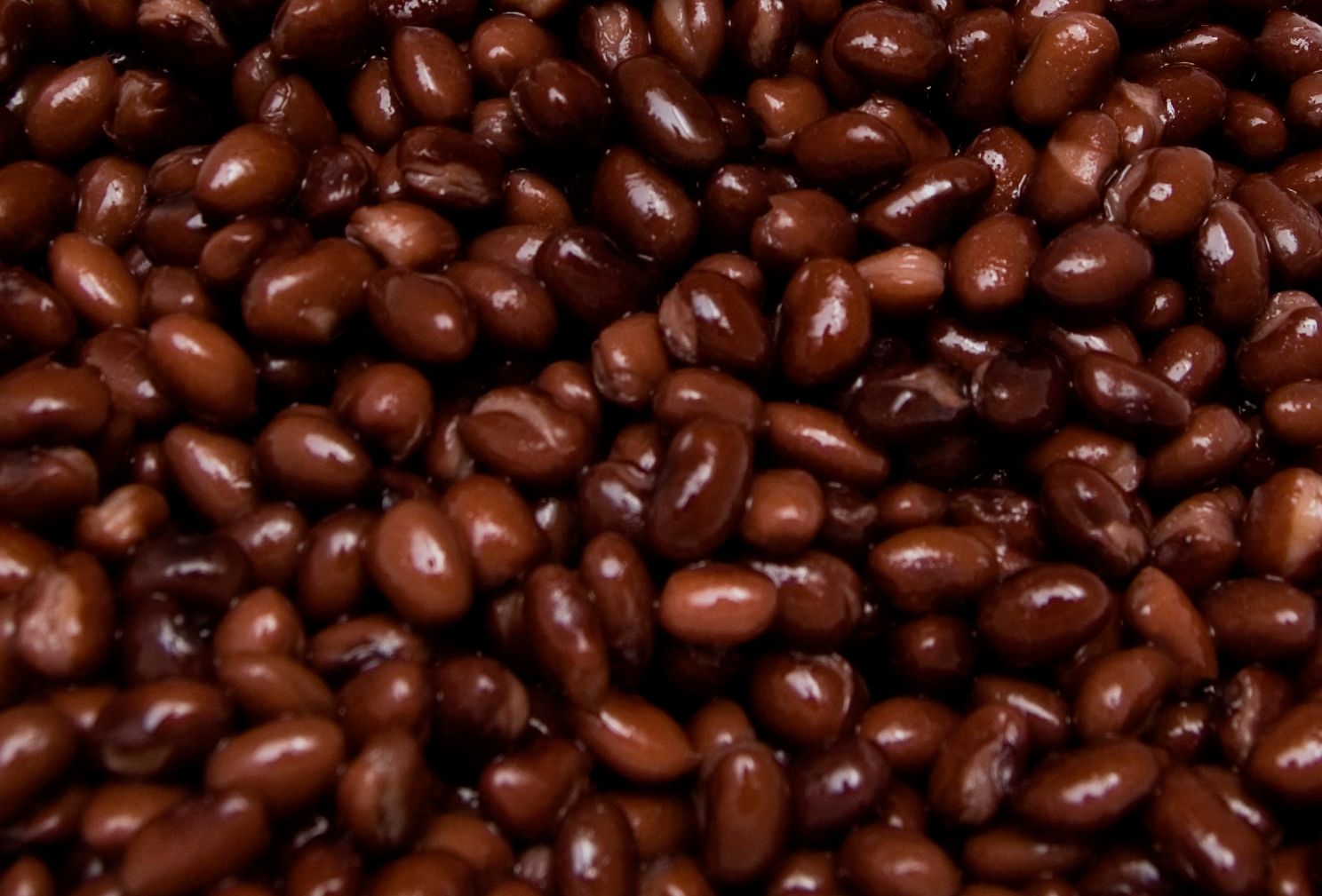
Boys, Puberty, and the Growth Game: A Bold Truth
- Jul 8, 2024
So, you're navigating the thrilling roller coaster ride of adolescence, with hormones knocking around like a pinball machine on steroids. You’re sprouting in places you didn't know could sprout and getting taller than the beanstalk in that legendary fairy tale. But when do boys, or those winging it in testosterone territory, stop growing? Buckle up, as we pull back the curtains on this mysterious act of the puberty play.
First and foremost, it's essential to realize that not all citizens appointed male at birth wave the 'boy' flag. Our society loves to pigeonhole 'sex' and 'gender', using them interchangeably like the same pair of socks. However, 'sex' refers to the biological label slapped on you when you first popped out - male, female, or intersex, based on what's tucked between your legs. ‘Gender’, on the other hand, is a more fluid beast - could be a boy, girl, or nonbinary, among others.
Most lads start the puberty saga around the ripe age of 11 or 12, with the final curtain usually falling at about 16. But life loves to mix it up, and some folks hit puberty earlier or later. From age 12 to 16, some guys might pull a Stretch Armstrong and grow from 4 to 12 inches. Some late-bloomers don’t hit their peak height until 18 or even later. For reference, the average height for a fully-grown male homo sapien in the U.S is about 5’9.
While the height growth tends to plateau by about 16, muscles continue the growth marathon. Genitals blossom into their full size anywhere from 13 to 18 years. If you’re keeping tally at home: yes, your penis and testicles have a grand old time growing during puberty. You read it right: puberty is an unending party of growth.
Believe it or not, puberty isn’t created equal globally. Studies show that the average age of puberty onset is changing in many regions. It’s like the start line is shifting. What's to blame? Some point fingers at endocrine-disrupting chemicals messing with hormone levels.
Several factors can stir the puberty pot: genetics, nutrition, geographical location, and overall health to name a few. After the sweet 16, growth generally eases off. But muscles, not wanting to be left out of the fun, continue developing until around 20 to 30.
Remember, it’s normal for things to grow at different paces-just like smartphones update. Let’s keep it real. If concerns about growth or changes are causing worry or shame-reach out. Talking to someone you trust can be a game-changer. Puberty may feel like a sole journey, but you're not alone.
Puberty is that unpredictable crazy uncle of life. Each person's experience differs as much as tastes in music. Although the general guideline reflects a peak in growth around the mid-teens, variations are as numerous as the stars in the sky.
So buckle up, brace yourself, and remember to laugh at the absurdity of it all because it's going to be a bumpy and surprising ride called puberty.






